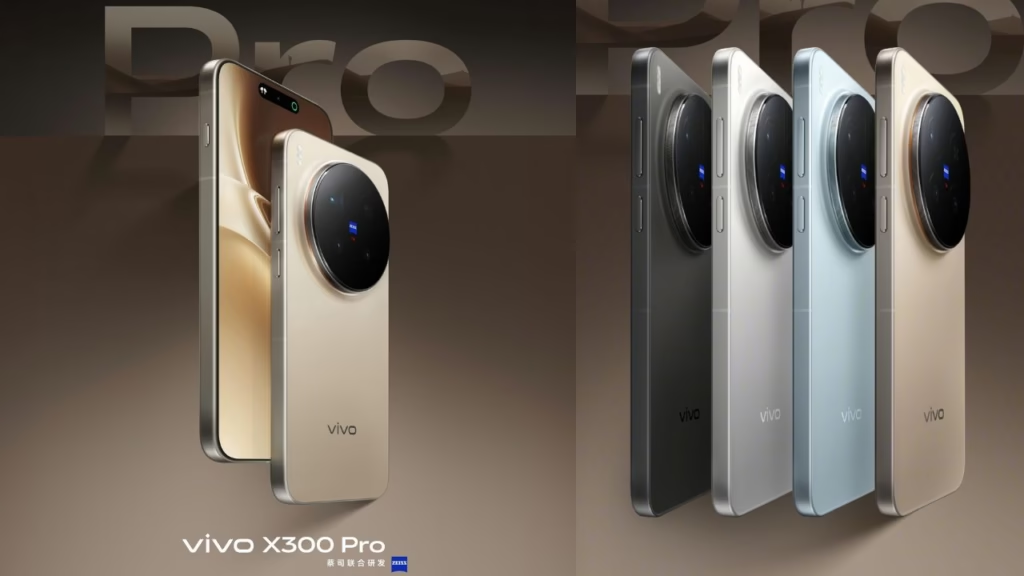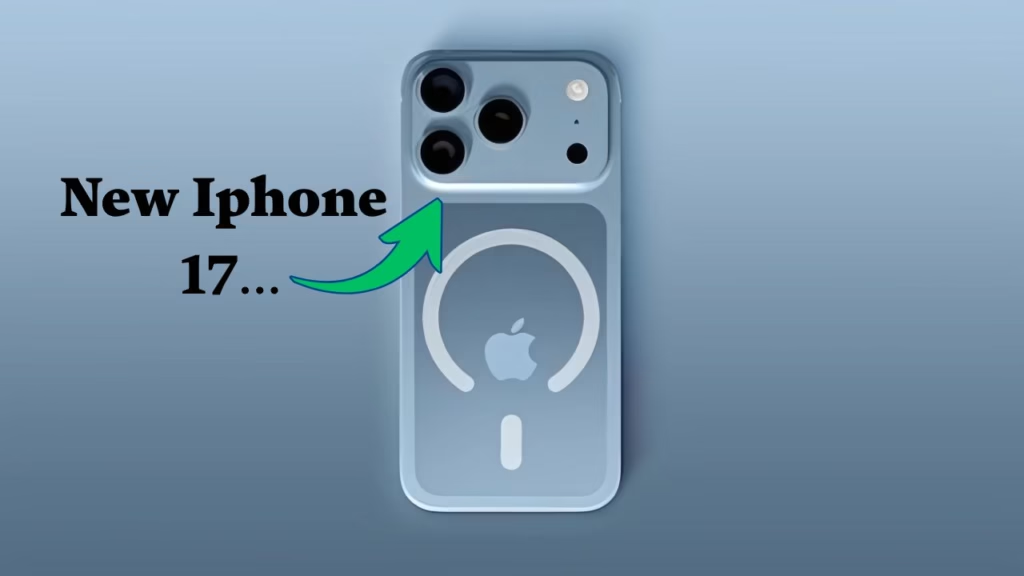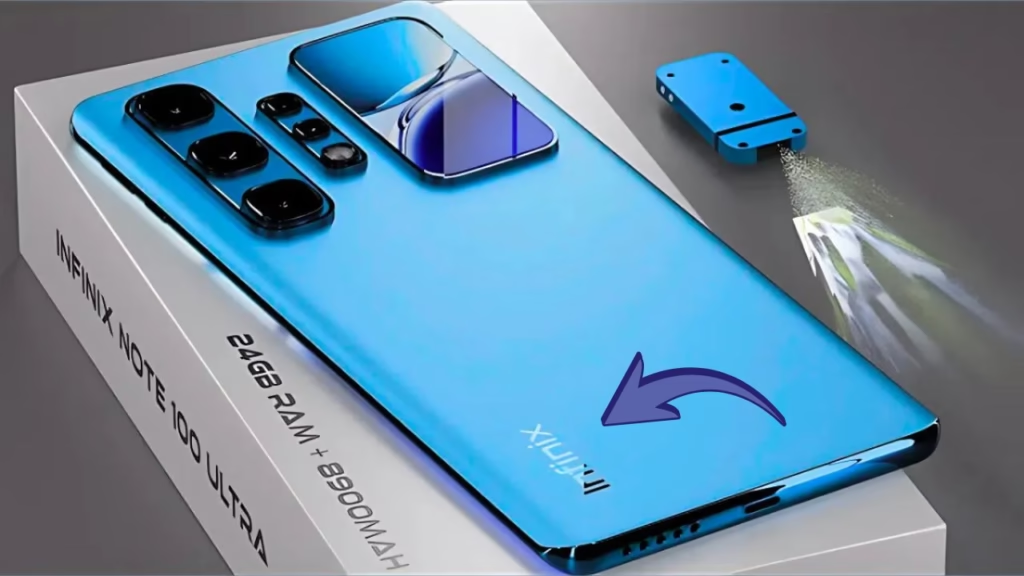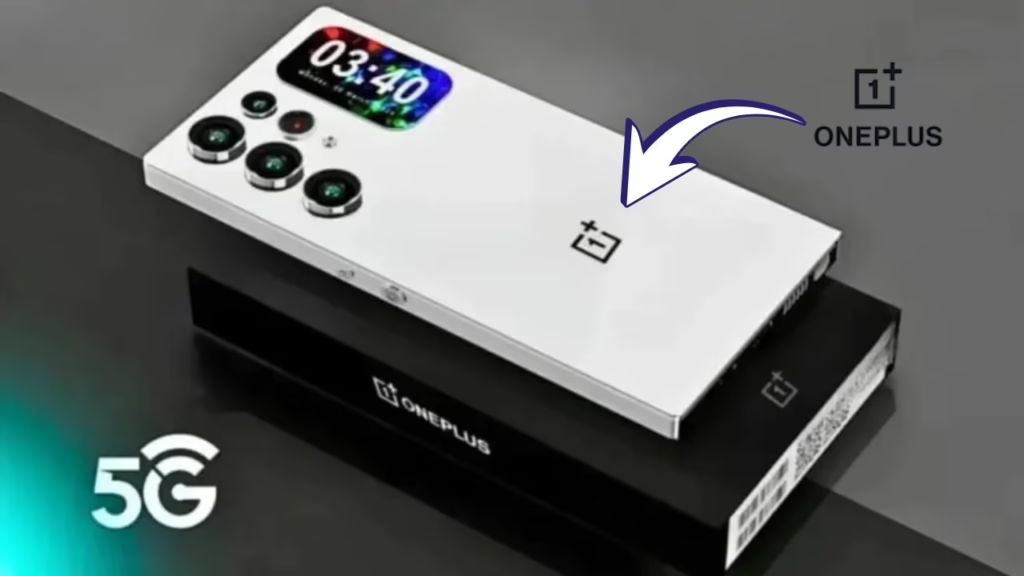Vivo X300 vs Vivo X200 Pro Mini: A Compact Flagship with Major Upgrades
Vivo has officially introduced the Vivo X300, the true successor to last year’s X200 Pro Mini, continuing its compact flagship legacy. While the previous model was exclusive to China, it was praised for its balance of design and performance. The X300 now takes that foundation and brings several meaningful upgrades across performance, camera, and build.
A Major Step-Up in Performance
The Vivo X300 comes powered by the new MediaTek Dimensity 9500 chipset, replacing the Dimensity 9400 found in the X200 Pro Mini. This next-generation processor is paired with Vivo’s in-house BlueImage V3+ image chip, boosting imaging power and AI-based optimization for photos and videos.
The combination results in better multitasking efficiency, enhanced power management, and faster image processing — something that users of the older model will immediately notice.
Upgraded Camera System with Zeiss Partnership
Vivo has significantly improved its camera hardware on the X300. The device now features a Zeiss 200MP ultra main camera with an APO telephoto lens and a 50MP autofocus front camera for sharper selfies.
The X300 also supports 4K 120fps 10-bit Log video recording, a massive jump from the 4K 60fps HDR limit on the X200 Pro Mini. This means professional-level video quality and greater flexibility for editing enthusiasts.
In short, the X300 brings a flagship-grade camera setup to a smaller form factor — one of the most exciting changes in this iteration.
Sleeker and More Refined Design
Vivo continues to focus on premium aesthetics. The Vivo X300 sports an ultra-thin 7.95mm body with uniform 1.05mm bezels and a suspended curved glass design that gives it a clean, symmetrical look.
The phone also introduces an ultrasonic fingerprint sensor 2.0, promising faster and more reliable unlocks, even with wet fingers. The design feels more refined and compact compared to the 8.15mm asymmetric build of the X200 Pro Mini.
Longer Battery Life with New Semi-Solid Tech
Under the hood, Vivo has packed a 4th-generation silicon negative battery featuring semi-solid technology. This results in better thermal efficiency, improved charging cycles, and longer battery endurance — all without adding bulk.
Combined with the efficient Dimensity 9500 chip, the X300 is expected to deliver all-day battery life comfortably.
Software and User Experience
The Vivo X300 runs on OriginOS 6, offering a smoother and more optimized experience compared to OriginOS 5 on the previous generation. Vivo has refined animations, added smarter widgets, and improved resource management to ensure long-term fluidity.
This update feels polished and designed for everyday practicality, not just aesthetics.
X300 vs X200 Pro Mini: Key Differences at a Glance
| Feature | Vivo X200 Pro Mini | Vivo X300 |
|---|---|---|
| Chipset | Dimensity 9400 | Dimensity 9500 |
| Front Camera | 32MP | 50MP |
| Main Camera | 64MP | Zeiss 200MP + APO Telephoto |
| Video Recording | 4K 60fps HDR | 4K 120fps 10-bit Log |
| Thickness | 8.15mm | 7.95mm |
| Software | OriginOS 5 | OriginOS 6 |
From the table, it’s clear that Vivo’s focus this year is on premium imaging, design refinement, and better battery technology, while still keeping the phone compact and practical.
Final Thoughts
The Vivo X300 isn’t just a minor refresh — it’s a solid evolution of Vivo’s compact flagship idea. With its Dimensity 9500 chipset, Zeiss-powered 200MP camera, and sleeker design, the device positions itself as one of the most powerful small-form smartphones of 2025.
For users who loved the X200 Pro Mini but wanted more power, better photography, and improved design symmetry, the X300 is exactly that — a thoughtful, well-rounded successor that refines nearly every aspect of its predecessor.





